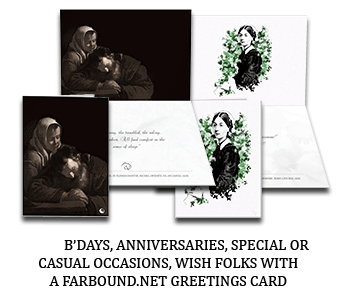Piled up high underneath the canopy of an old deodar tree, weapons of war pay obeisance to the memory of the mighty warrior Ghatotkacha, steps away from the Pagoda-style temple of his mother Hidimba at Dhungri, Manali.
The epic Mahabharata recalls the deity (whose name comes from his unusually large bald head that resembled a pot) as a demon chieftain of monstrous power and steadfast loyalty to his father’s people, the Pandavas – inspite of being abandoned in childhood and never bestowed the same honour as his cousins of pure Vedic blood.
Yet, unlike his mother, who plays a minor role in the epic, Ghatotkacha has many noble and heroic mentions, among which the most noteworthy is his one one-on-one battle with his paternal uncle Karna that brings about his demise in the Kurukshetra war – a war historians believe is an allusion to an actual clash of the Vedic clans of some magnitude.
Historically, Ghatotkacha may have belonged to one of the non-Vedic tribes that lived alongside the early Vedic Aryans of the age, and perhaps the same people who also worshipped Hidimba. The men of the tribe were possibly skilled warriors, night raiders and experts at guerrilla tactics. His mixed parentage, a subtle hint, that the period witnessed an intermingling of the tribes, and his secondary role, an indication, that the unions while being tolerated to some degree were largely unacceptable in Vedic society.
Besides his tree temple at Dhungri, Manali, the deity also has a more traditional style temple in the region of Bhuntar where he is represented by a metal sculpture. In Himachal Pradesh and Indonesia, Ghatotkacha is depicted in human form – a stark contrast to his demon image accepted by the rest of the Hindu world.
I The tree temple of Ghatotkacha I is a testament to scholarly claims the region of Himachal was once inhabited by non-Vedic tribes mentioned in the epics as the Dasyu. Also see Farbound.Net snippet Hidimba: an enigmatic goddess of non-Vedic origin






